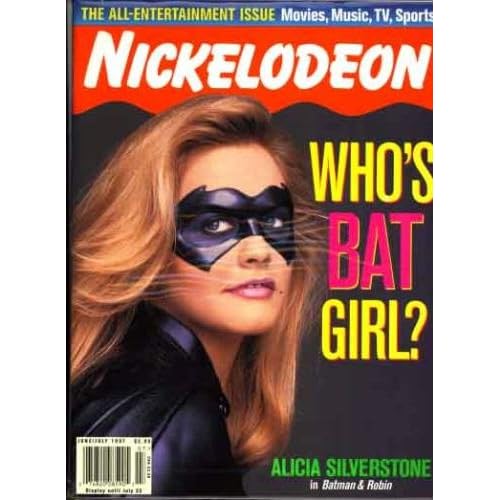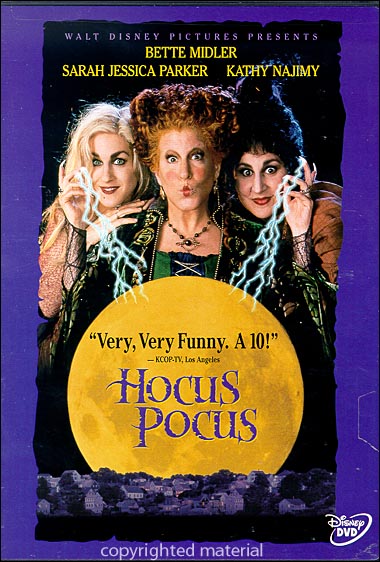
The 90s gave us a lot of music genre crossover, one of the more major being the infusion of R&B music into the pop scene. TLC was amongst these groups to recognize the endless opportunity in the teenybopper-filled pop music world and catered their music and public personas accordingly. They suffered no shortage of media attention with their pop- friendly gimmicks. The trio wore ridiculously over-the-top ensembles and sported condoms as fashion accessories. You have to admit, they were effective in their quest to get noticed. A condom eye patch will do that for you.
TLC became wildly popular throughout the 90s, as much for their music as the ever-mounting public peeks into their personal lives. The headlines on these girls became increasingly dramatic, but they seemed to have a type of public resilience that allowed them to maintain their popularity through adversity. Anyone who can burn down her boyfriend's house and keep her pop icon image intact is probably deserving of some kind of best bounce-backability award.
The group was made up of Tionne "T-Boz" Watkins, Lisa "Left Eye" Lopes, and Rozanda "Chili" Thomas, proving that people are willing to overlook stupid stage names if your music is catchy enough. They found some modest success with their first CD, but by the time of their sophomore release CrazySexyCool in 1994, they were on their way to legitimate musical stardom. The album performed extremely well, skyrocketing the girls from CD bargain bin dwellers to proud new owners of a slew of screaming manic TRL fans.
CrazySexyCool sold over 11 million copies, cementing the girls' status as pop stars giving us hits like:
Creep
As a kid, I had no idea that "Creep" had anything to do with a woman's cheating on her her unfaithful boyfriend to garner the attention she so sorely needed. In all truth, I just loved the silky pajamas they wore in the video. I didn't quite understand the lyrics, but I knew one thing for sure: I would sit pretty in silk pajamas on a color-coordinated backdrop if it was the last thing I did.
Waterfalls
"Waterfalls" was TLC's biggest hit, quickly ascending to iconic 90s song status. Again, as children it's more than likely we misunderstood the references to drug dealing and HIV, but boy did we love that video where they stood on the water.
The CD spurned two other singles, "Diggin' On You" and "Red Light Special" that enjoyed a fair amount of success. I'm the first to admit I didn't understand one word of "Red Light Special" till I heard it playing in the background in The 40 Year Old Virgin. You would think the brothel-based music video would have given me some clues, but I just thought they had a really dirty house.

Right around the time of CrazySexyCool's impending release, Lisa "Left Eye" Lopes's personal life essentially imploded. Though she'd been forthcoming with details about her rough childhood and struggle with alcohol, I doubt anyone saw coming what happened next. Lopes had a turbulent relationship with Atlanta Falcon's player Andre Rison, so she set his house on fire. You know, like the rest of us do when we have squabbles with our loved ones.
Lopes claimed she had been trying to burn his shoes in the bathtub as retribution for his poor treatment of her and his alleged infidelity. Clearly not armed with an astute understanding of flammability, Lopes contended she had not intended to set the entire mansion aflame. A pioneer in the young celebrity circuit, Lopes opted to enter rehab, which at that point was still considered a legitimate celebrity action rather than the cheap cop-out we know it to be today.
Despite the drama, TLC had a hit record on their hands. They took home two shiny Grammys in 1996, looking to all the world like an incredibly successful enterprise. Soon thereafter, however, the girls filed for bankruptcy, adding more fuel to the fire (no Left Eye reference intended) of their very public personal problems. They'd gotten suckered into an unfair contract that left them with a take-home pay on par with my own. In case you were unaware, that means they were living in near-poverty, or at least an incredibly skewed financial reality to their lifestyles of fame and fortune.

T-Boz had been battling Sickle Cell Anemia for several years, and the weight of her medical bills compounded with Left Eye's insurance and legal fees were effectively a monetary death sentence. They eventually managed to renogotiate their contracts and settle their legal issues, but not before seriously tarnishing their pop star images.
The girls moved on to pursue various respective solo projects, none of which were on par with TLC level fame. In 1999, the girls broke their career hiatus and released FanMail. The album was again impressively successful, especially considering all the negative media buzz they'd been brewing over the past few years. The album produced two number one hits:
No Scrubs
"No Scrubs" described deadbeat guys, emphasizing their unemployment, lack of interest in upward mobility, and most importantly, lack of car. As I was in middle school at the time, this meant very little to me as I had little concern of an ambitionless seventh grader sponging off me for milk money. Instead, I just really liked that part when they went, "Noooooooooo. Scruuuuuuuuubs (no no)".
Unpretty
"Unpretty" was far more of a message song, giving us the equivalent of modern-day Dove Soap commercials. The song emphasized our need to love ourselves. Unfortunately, I was way more interested in their suggestion of buying all the makeup that MAC could make, thus saving up my allowance for an extended period of time.
Around this point, the tension between Watkins/Thomas and Lopes came to a head, stirring a feud amongst the band members. All sorts of threats were made, with few carried out. Tragically, amidst the dispute Lopes was killed in a car crash prior ot the release of their album 3D. Though the band had been on the brink of demise, her death shook the group adn the pop scene dramatically.
This wasn't the end of TLC per se, but it did mark the end of an era. The surviving members released a greatest hits album and starred in a reality show cut from American Idol cloth entitled R U the Girl, selecting a girl to record a song with them for their upcoming album. The effort was pretty underwhelming, though. With Lopes gone, the group was incomplete.
Though they've announced plans for a new album, I prefer to remember TLC for what they were: a pioneering R&B pop act that gave us catchy hit after catchy hit. It didn't matter that as children much of the lyrical content went over our heads. We loved it all the same.










